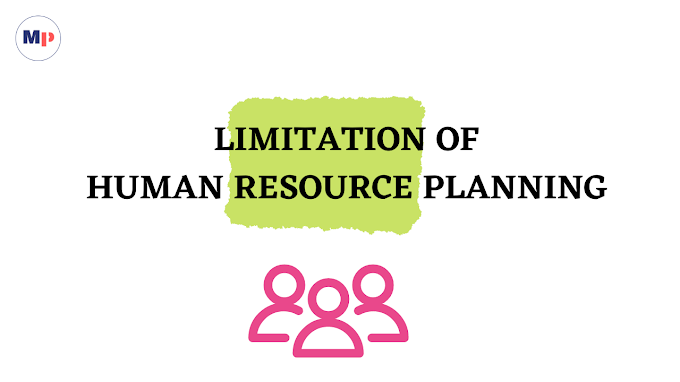MEANING OF CASH PLANNING AND CONTROL
Cash planning refers to cash forecast. It involves a
projection of future cash receipts and cash disbursements of the firm over
various intervals of time. The objective of cash planning is to procure
adequate cash for the firm to meet its current obligations and expenses as well
as to minimize the amount locked up as cash balance.
The ultimate
objective of cash planning is to exercise control over cash inflows and cash
outflows. Cash control, therefore, involves the proper implementation of policies
and procedures regarding receipts and payments of cash.
Tools of Cash Planning :
Net Cash Forecast:
Net cash forecast involves a projection
of the net cash availability of the firm in the future. There are two methods of
forecasting cash position in a given period, namely, (a) the Cash flow method,
which projects expected cash receipts and cash disbursements, and (b) Adjusted
earning method, which predicts the net cash available on the basis of
estimated cash inflows and outflows.
Cash Budget:
The cash budget is the most significant tool of
cash planning. It is a systematic forecast of cash inflows and cash expected
cash receipts and cash payments.
Working Capital Analysis:
It is another significant tool of
cash planning. It involves forecasting of the value of current assets and
current liabilities to know the overall cash position of the firm.
Tools of Cash Control
Cash Budget:
It is the most significant tool for controlling
the use of cash. It provides a comparison between actual and budgeted cash
receipts and disbursements locating the points of deviations if any. The
financial manager, after ascertaining the reasons for deviations between the
actual and budgeted figures, can take the necessary action to remove them.
Inflows and Outflows of Cash:
In order to check the change
in the cash position of the firm from one period to another, a cash flow statement is
prepared. It helps management in controlling inflows and outflows of cash.
Ratio Analysis:
Ratio analysis is also an important tool for
cash control. Different financial ratios are used for this purpose. These
ratios include the current ratio, liquidity or acid test ratio, receivable turnover ratio, inventory turnover ratio, and
cash position ratio.





